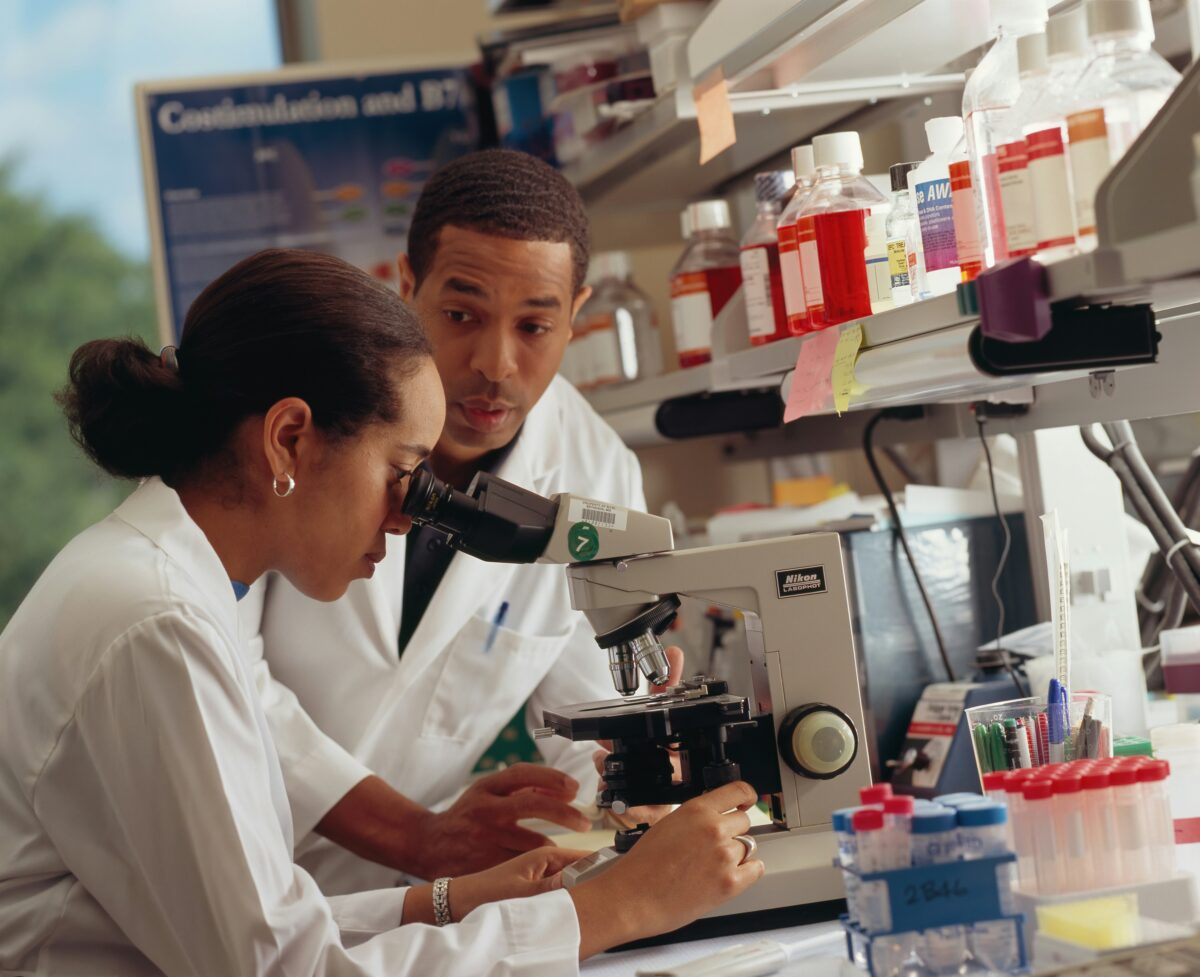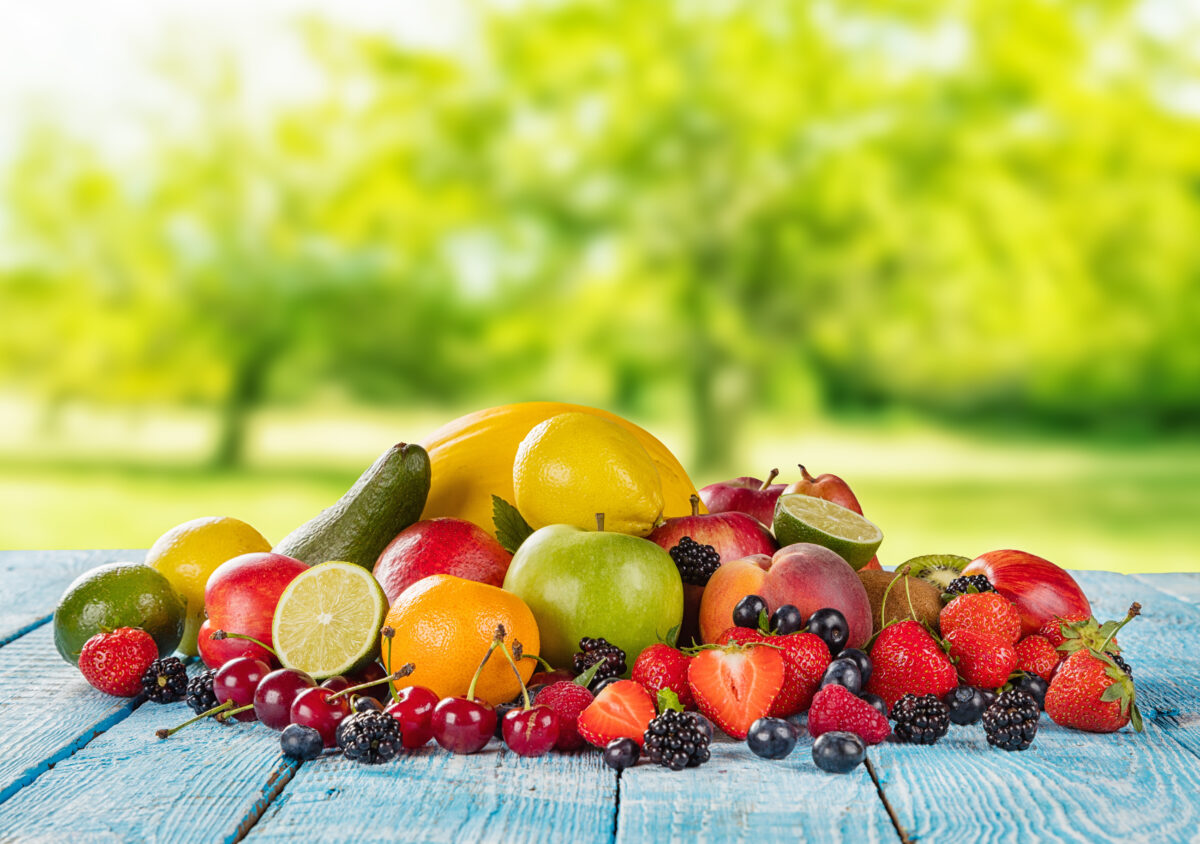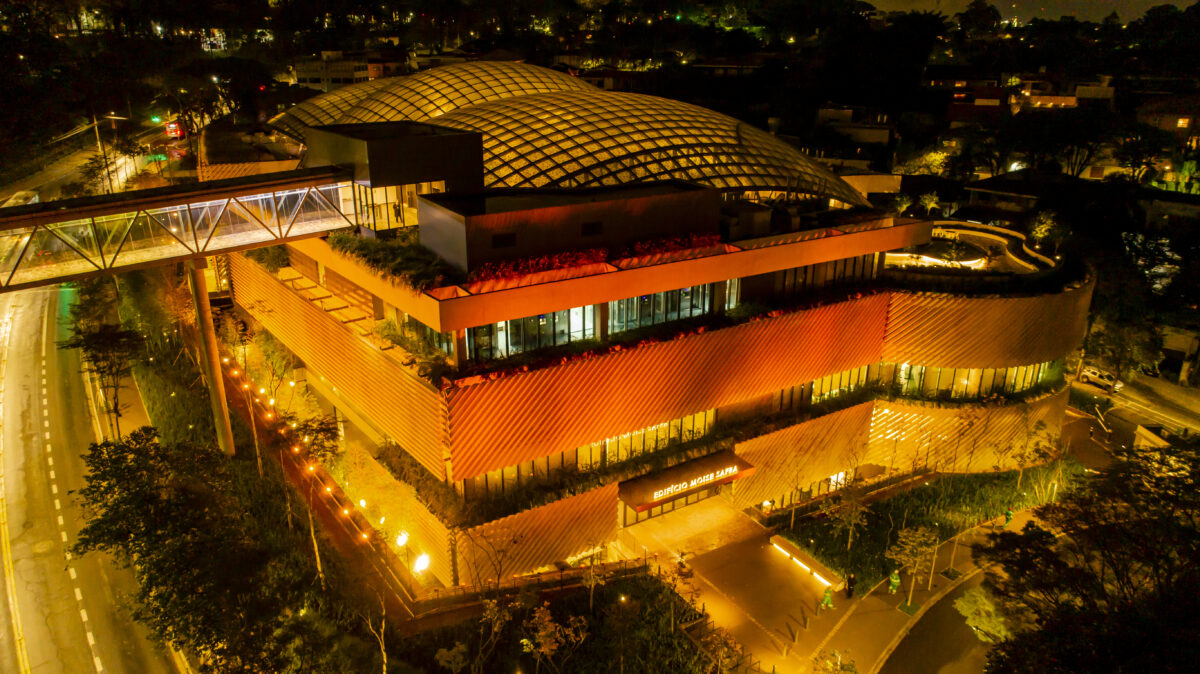 #News
#News
The benefits and drawbacks of fisetin
Compound found in fruits and vegetables shows potential for fighting cancer, but scientists stress that further studies are needed
 Fisetin, found in fruits and vegetables, has potential for fighting cancer, but further research is needed | Image: Shutterstock
Fisetin, found in fruits and vegetables, has potential for fighting cancer, but further research is needed | Image: Shutterstock
Epidemiological research linking diets rich in fruit and vegetables to lower cancer risks has given rise to a succession of studies into the effectiveness of fisetin at fighting cancer. Several research groups are now attempting to understand how this flavonoid, found in onions, apples, strawberries, cucumbers, grapes, and persimmons, can combat and prevent various types of cancer.
Two recently published papers, available via open access, presented summaries of the existing knowledge on the compound’s mechanisms of action, in addition to its prospective applications in cancer treatment.
The most recent article was published in the European Journal of Medical Research by Chinese scientists, while the other, whose authors are based in China, Russia, Yemen, and the USA, is available in the journal Global Medical Genetics.
Fisetin is known for several biological actions, from inhibiting inflammation and oxidative stress to neuroprotection and anticancer properties. The effects have been demonstrated in various types of cancers, including liver, lung, mouth, gastric, colorectal, breast, kidney, and cervical, among others.
In recent years, studies have demonstrated many positive ways that flavonoids act against tumor cells, including by suppressing proliferation, inducing cell death, reducing angiogenesis (the generation of blood vessels that nourish the tumor), inhibiting cell migration, and enhancing the effects of chemotherapy.
These characteristics are attributed to the involvement of numerous cellular signaling molecules and pathways, including vascular endothelial growth factor (VEGF), mitogen-activated protein kinase (MAPK), and nuclear factor kappa B (NF-κB).
The authors of the European Journal of Medical Research article note that recent studies indicate that autophagy reduces resistance to chemotherapy and radiation, which is positive for cancer treatment.
However, research into the effects of fisetin on autophagy in tumors is limited and the results are inconsistent. While some studies have shown fisetin-induced autophagy in prostate cancer, for example, the same has not been demonstrated in liver cancer.
Furthermore, they wrote, the specific cellular signaling pathways involved in fisetin-induced autophagy remain poorly understood. As an example, the authors cite two divergent studies. While one showed that autophagy occurs through a cell signaling pathway (AMPK/mTOR), the other found that it occurs in response to endoplasmic reticulum stress, a different mechanism.
The authors of the second study emphasize that from a pharmacological perspective, although fisetin presents a promising opportunity, there are still several hurdles to overcome. One is how to increase its bioavailability and stability, a common challenge when it comes to the use of natural compounds. Possible solutions include new drug delivery systems and formulations.
It is also crucial to understand the pharmacokinetics and toxicity of the compound before it can be used clinically. According to the group of Chinese, Russian, and Yemeni scientists, new studies are needed to determine the long-term impacts, dosages, and potential side effects.
Finally, research into the synergistic effects of fisetin when used with other therapeutic agents or treatment methods could increase its efficacy. It also has a potential role in immunotherapies and targeted therapies, which could offer promising treatment options.
“Before it can be used safely [in combination] with other drugs, fisetin’s influence on these pharmaceuticals’ pharmacological metabolism must be studied further. Future studies to clarify this are required,” conclude the authors of the Global Medical Genetics article.
*
This article may be republished online under the CC-BY-NC-ND Creative Commons license.
The text must not be edited and the author(s) and source (Science Arena) must be credited.


